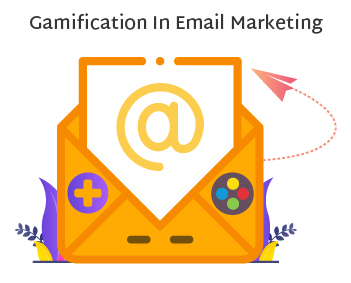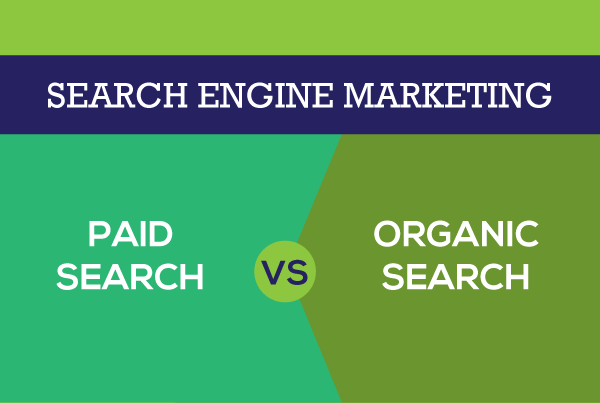Gamification In Email Marketing

Gamification in Email marketing might seem like a quiet industry, but contrary to popular belief, it is constantly evolving and is now on the record of being the most widely used technology for customer engagement in Europe, North America, and APAC.
It may not be evident to the average user, but today’s email marketers have more tools than they did two years ago.
For example, we now have automation software’s and tools like MailChimp and Klayvio to help us create automated email campaigns (a series of emails that are sent automatically, triggered by the actions of your subscribers.)
The benefit of digital email marketing automation is that you can achieve an amazing ROI even when you sleep. Since everything is automatic, there is no delay. Your customers and visitors receive timely emails, thus improving the overall engagement rate, resulting in better and bigger sales.
The best user engagement technique in email marketing – What is Gamification?
Gamification uses game mechanics and experience design to engage and motivate people to achieve their goals digitally. Before live stories and streaming, social media used game-like content to attract followers and promote sharing and likes. However, thanks to modern technology, gamification has entered email forever. To learn more about modern technology check dorjblog.
According to eLearning Industry, “By 2024, the CAGR of gamification market is estimated to grow by 30.1%, compared to 2019“.
How can you use Gamification in email marketing?
Quizzes and surveys are the best gamification examples in email marketing. Another example is a game published on a particular website, and a link to that website is available through email. For technically complex games or email, it is the best way to attract participants.
Commercial gamification is rarely applicable for direct sales. On the contrary, an increase in sales is a side effect of user participation. Therefore, although the primary goal of gamification is to stimulate interest and entertainment, its importance in email marketing is very high.
For example, you need to keep users engaged, but as people gradually lose interest, even the most valuable emails will become less and less popular.
In this case, when the engagement rate is declining, email marketers can provide the audience with interactive emails that lead them to the website’s landing page.
6 Valuable Benefits Of Gamification In Email Marketing
1. Increases Visitor Engagement Rate
The main task of gamification is to encourage more extended interaction with your email. As a result, game-like content is jobs searching websites with higher participation rates and increasing the average email reading session.
The content is so diverse; it has become increasingly challenging to attract people’s attention and get them to consider your offer. Most users become invulnerable to common call-to-action phrases and barely respond just because everyone offers discounts.
Marketers solve this problem by experimenting with layout and copywriting, and adding gamification in woocommerce for marketing tools can help inspire unique interest.
2. Motivate New Subscribers
One of the most significant tasks for email marketers is to keep growing their email lists. Unfortunately, for lead generation, gifts and discounts are not always practical. Many users sign up for these bonuses and then either opt out or ignore the email. It is a new perspective on email marketing. In addition, the engaged person will not forget your email immediately.
3. Stimulate Curiosity In Rewards
People are used to and often ignore discounts, but to make values more attractive to consumers, you can place prizes in the game. Allow users to get deals, which will generate motivation and make bonuses more popular.
4. Build Strong Prospects
When important dates need to be public, gamification can help create an atmosphere of excitement and anticipation. A real example is Litmus’s email campaign, and he sent a series of emails with riddles to attract more people to his meeting.
5. More User Entertainment
Although gamification relies on motivation and the desire to win some prize, gamers are often attracted just for entertainment. If your task is to make your email unique, then the fun part of this game will come in handy.
6. Email Content Perceptions
Brands that send regular emails 5 to 7 times a week often struggle to be creative. It isn’t easy to have an accurate idea for every message and mostly end up with many promotions or sales codes. Gamification allows you to incorporate some diversity and convert standard formats into new formats.
Learn how the Personalization Center adjusts Easter promotions to save money. The idea is the same as offering holiday discounts, but the implementation is different. The brand did not directly provide a promotional code but instead provided to play and win it, which slightly increased its value. As a result, people tend to appreciate the
3 Points To Remember
When you start thinking about gamification and how to add it to your email campaign, we want to share some. Tips or best practices to keep in mind during this process.
1. Reminisce The Mindset Of Your Customers
The more you consider the psychology of your customers in gamification, the better you will be. But, even if you are starting, keeping a few simple triggers in mind and creating interactive content around it will be a winning combination.
2. Make it Gorgeous
That’s the point. The email has become more complex, and so have customers. As our inbox explodes every day, you need to create something that will grab attention and attract customers’ attention in just a few seconds.
3. Don’t Forget To Reward Your Visitors
It is a reward for your participation. So your job is to make sure that it attracts your customers from the beginning and drives them to come back for more.
Keep these ideas in mind when planning your email and lay the foundation for a great marketing campaign.





